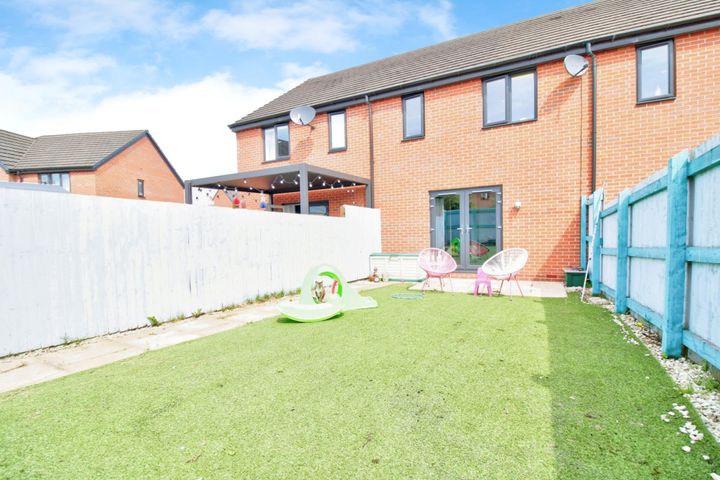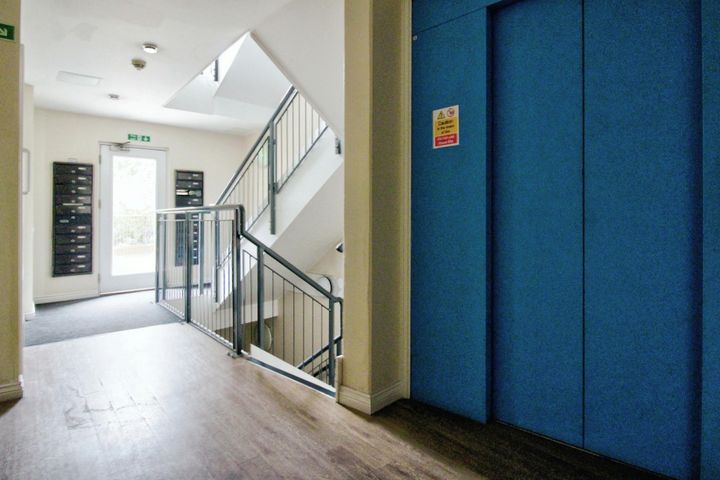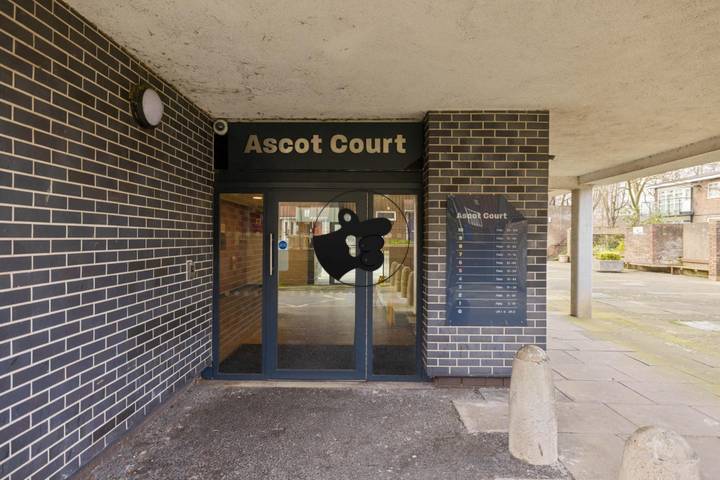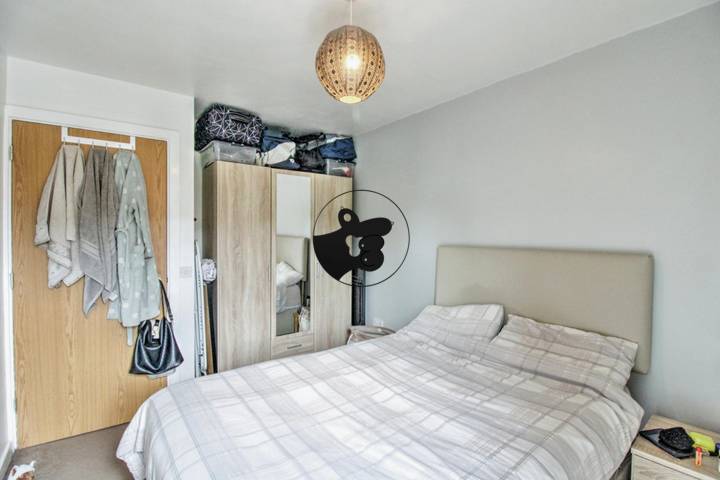Real estate prices in Salford are influenced by a variety of interconnected factors. Primarily, proximity to Manchester plays a significant role, as the area attracts buyers looking for more affordable housing options while still being within easy reach of the city’s amenities and employment opportunities. The ongoing regeneration projects, such as the redevelopment of Salford Quays, have further increased demand, especially among young professionals and investors drawn by cultural attractions and waterfront living. Furthermore, the availability and quality of local schools impact family-oriented buyers, with areas like Monton and Swinton often seeing higher prices due to their reputations for good educational institutions. Transport links, including the Metrolink tram service and access to the M62 motorway, also contribute significantly to property values, facilitating easier commutes. Lastly, the overall economic conditions and interest rates play a crucial role in shaping buyer behavior, directly affecting affordability and investment capacity within the market.
Salford
Location
Price Range
Any price
Price Range
Minimum
No min
Maximum
No max
Property type
Show all
Property type
Show all
House
Apartment
Building
Other
Bedrooms
Any beds
Bedrooms
Minimum
No min
Maximum
No max
Surface Range
Any surface
Surface Range
Minimum
No min
Maximum
No max
Sale type
For sale
Sale type
Show all
To rent
For sale
Location
Apartments and houses for sale in Salford
6 results
Recent
Salford insights
| Aspect | Summary |
|---|---|
| Population | 260,000 |
| Average Property Price | £190,000 |
| Rental Yield | 6.5% |
| Average Rent | £1,200 |
| Occupancy Rate | 95% |
| Capital Growth Rate | 4% per annum |
| Property Tax | 1% of property value annually |
| Transaction Costs | 5% of property price |
| Expected ROI | 10% per annum |
| Economic Growth Impact | Positive, driven by urban regeneration and infrastructure investment |
Salford FAQ
What factors influence real estate prices in Salford?
How have real estate prices in Salford changed over the last year?
Over the last year, real estate prices in Salford have experienced notable fluctuations, reflecting broader trends in the UK housing market. According to the Land Registry, the average house price in Salford has risen to around £200,000, an increase of approximately 8% from the previous year. This surge has largely been driven by increased demand for housing in urban areas, particularly in neighborhoods like Salford Quays and the city center, where new developments and regenerations have attracted buyers. For example, properties in the waterfront area have seen some of the highest price increases, with modern apartments fetching as much as £300,000 to £400,000, depending on amenities and views. Additionally, family homes in areas like Eccles and Swinton have also seen a rise in prices, with many reaching above £250,000. However, data indicates that some parts of Salford experienced minimal growth or even price stagnation, highlighting a varied landscape within the housing market.
What is the average home price in Salford?
As of late 2023, the average home price in Salford is estimated to be around £200,000, although this figure can vary significantly based on the specific area and type of property. For instance, homes in the city center, particularly around Salford Quays, can fetch higher prices, often exceeding £250,000, due to their proximity to amenities and the waterfront. In contrast, residential areas like Langworthy or Broughton might offer more affordable options, with average prices closer to £150,000. The market has seen notable fluctuations influenced by factors such as local developments, transport links, and the overall demand for housing in Greater Manchester. Additionally, the rise of new build developments, including apartments and family homes, has contributed to an evolving property landscape within Salford.
Are there particular neighborhoods in Salford where prices are higher?
In Salford, certain neighborhoods consistently show higher property prices, reflecting a mix of demand, amenities, and infrastructure. Areas like Salford Quays, known for its waterfront development and proximity to MediaCityUK, have seen significant investment, resulting in elevated property values. The presence of modern apartments and luxury living options contributes to its appeal, drawing a mix of professionals and families. Furthermore, neighborhoods like Chapel Street, which has benefited from regeneration projects and increased connectivity to Manchester city center, also command higher prices. In contrast, areas such as Pendleton and Langworthy tend to have more affordable housing, often appealing to first-time buyers and renters. The varied housing market across Salford highlights distinct pricing patterns influenced by location and local development.
How do Salford property prices compare to nearby areas?
Salford property prices have shown notable differences when compared to nearby areas such as Manchester city center, Trafford, and Stockport. In Salford, the average house price hovers around £200,000, which is relatively affordable compared to Manchester, where prices can reach around £260,000, particularly in trendy neighborhoods like Ancoats or Castlefield. Conversely, Trafford, which includes affluent suburbs like Altrincham, often sees average prices exceeding £350,000. Meanwhile, Stockport tends to offer slightly lower average house prices, around £210,000, with a mix of affordable housing options in the central areas, but still generally higher than those in Salford. This price variation reflects not only the real estate demand in Salford but also the distinct characteristics of each area, including amenities, connectivity, and local developments.
What impact do local amenities have on property prices in Salford?
Local amenities have a significant impact on property prices in Salford, as prospective buyers often prioritize convenience and lifestyle factors in their decision-making. For example, areas near well-regarded schools, such as St. Paul's Church of England Primary School, tend to see a boost in property values due to increased demand from families seeking quality education for their children. Additionally, proximity to parks and recreational facilities, such as Buile Hill Park, enhances appeal by offering green space for leisure activities, which can lead to higher prices. The presence of shopping centers like the days in Salford or good transportation links to Manchester city center also plays a crucial role; easy access to the Metrolink and bus services often makes neighborhoods more desirable, driving up property values. Local dining and entertainment options, including those along Chapel Street, further contribute to the vibrant community that potentially attracts homebuyers, influencing market trends and pricing dynamics in the area.
Is it a good time to buy property in Salford based on current prices?
Current property prices in Salford show a mixed picture, making it a nuanced time to consider buying. As of late 2023, the average property price in Salford hovers around £226,000, which remains relatively affordable compared to nearby cities like Manchester, where prices have surged. Areas like Salford Quays have seen significant investment, leading to new developments and an uptick in prices, with some waterfront apartments reaching upwards of £300,000. However, the overall market has faced pressure from rising interest rates, which could affect buyer affordability and prompt a slight correction in prices. The local rental market also remains strong, particularly among young professionals, which adds an interesting dynamic for potential buy-to-let investors. Furthermore, ongoing infrastructure improvements, like the expansion of public transport options, could enhance the area’s appeal in the coming years.







